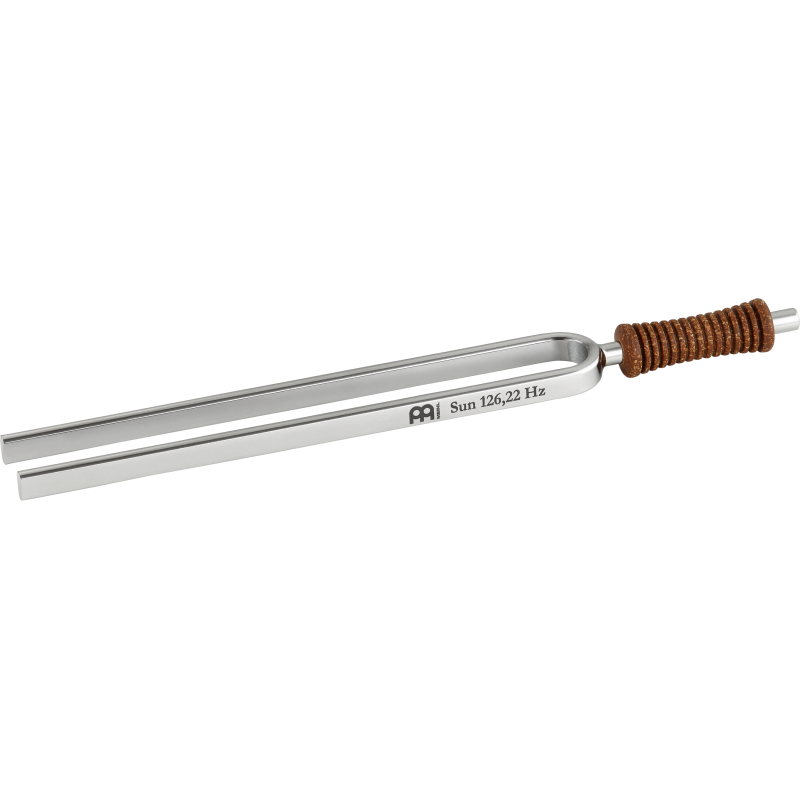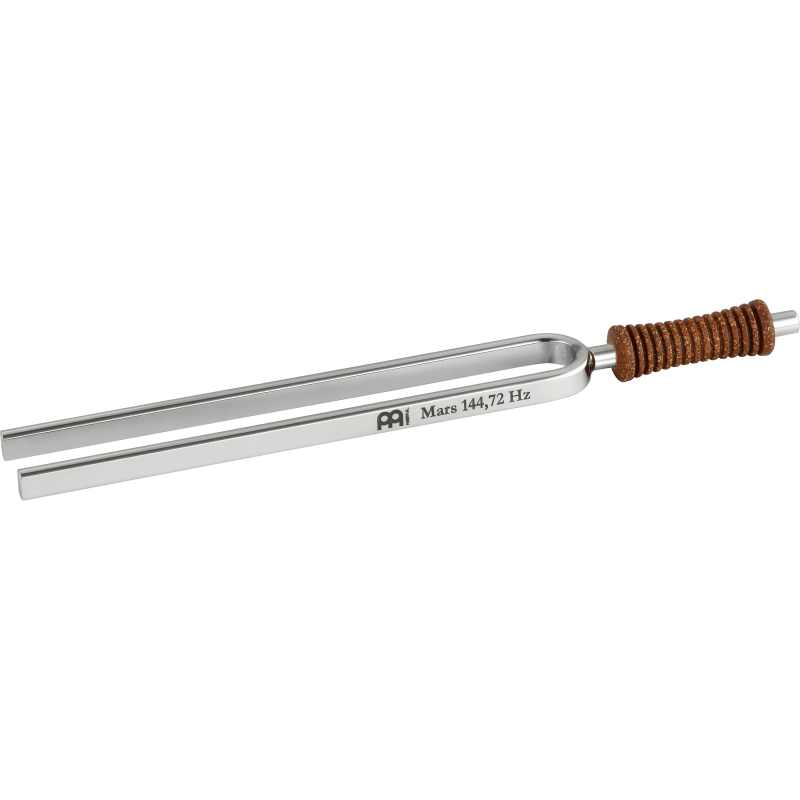

Bones are solid crystals that support an integrated system of liquid crystal connective tissue arrays that form a matrix in which every cell and organ in our body is embedded. When the crystal foot is pressed to a bone or connective tissue, it creates a sympathetic crystal resonance throughout your whole body. A crystal foot is set into oscillation through the vibration of a BioSonic Otto tuning fork.

A crystal foot is the perfect interface of crystal and sound. The crystal foot is pressed to a point sending a wave of energy embedded with crystal clear healing intention to a specific area within the crystal matrix of the body. When the BioSonic Otto tuning fork is tapped, it activates the crystal foot programmed with specific healing information. Using medical intuition methods, the healer learns to enter into the crystal and program it with their intention. The sound healing practitioner based on patient evaluation creates a focused healing intention. Crystal feet are beautiful upgrades to your BioSonic tuning fork as they provide a very effective crystal interface with the added benefits of lengthening your tuning fork stem making it easier to hold. A crystal foot can be attached permentally to your tuning fork or you can slide different crystal feet on and off. Crystal feet, shown in photo, slide onto the stem of your Biosonic tuning fork and are tightened to fit for vibrational resonance. BioSonic Crystal Feet The development of our new crystal feet by Klangschwingung ® makes it very easy to integrate crystals with Biosonic tuning forks. This action will vibrate bones, easing inflammation, stimulating the spiking of nitric oxide, jumpstarting your metabolism, reorganizing and rejuvenating the body. One spot on body is 3 inches apart from each point worked on. Don’t place more than 2 times in one spot on the body. Hold until the vibration stops, about 30 seconds. Once the tuning fork is activated, place the gem on any part of your body that you would like to vibrate. Tap the tuning fork with the weighted end on your knee, outer palm of hand or any other similar semi-soft surface (an orange works great!). After the gem foot is attached, hold the stem of the fork and gem in your hand. The gem tip will fit securely on the stem, you don’t have to tighten too hard, just enough so you can easily take it on and off. You do not have to use the back plastic screw also included in the package. Please do not over tighten or it is possibe you will strip the tiny screw. Use the enclosed allen wrench to secure the Gem Foot to the tuning fork by tightening the tiny screw. Place the Gem Foot to the base of the stem of the tuning fork. If the glass is being bombarded by sound waves of this freq-uency, the amplitude of the vibrating glass with grow and grow until the glass shatters.Please note our Otto 128 is currently in a purple velvet carrying bag with drawstring tie. (If you want to push someone on a swing higher and higher, you must push at the natural frequency of the swing.)ĭetermined by flicking the glass with your finger and listening to the tone it makes. If the driving force (A) matches the natural fre- quency of B, then A can cause the amplitude of B to increase. If a vibrating fork (A) is brought near one that is not vibrating (B), A will cause B to vibrate only if they made to produce the same frequency. Smaller tuning forks make a high pitch sound, since a shorter length means a shorter wavelength. The harmonics pics would look just like those for a tube with one open end. The more frequently the tines vibrate, the higher the frequency of the sound. Touch a vibrating tuning fork to the surface of some water, and you’ll see the splashing. (A speaker works in the same way.) Animation

Tuning forks produce sound when struck because, as the tines vibrate back and forth, they bump into neighboring air molecules. Note: only odd harmonics exist when only one end is open. Wavelength Formula: 1 Open End (tube of length L)

Only certain wavelengths of sound will resonate in this tube, which depends on it length. At the open end, of course, much more sound energy is transmitted, but a little is reflected. At the closed end, only a small amount of the sound energy will be transmitted most will be reflected. The closed end is where no vibration occurs-a node. If a tube has one open and one closed end, the open end is a region of maximum vibration of air molecules-an antinode. To obtain tones corresponding to other wavelengths, one must change the tube’s length.ġst, 3rd, and 5th Harmonics animations (scroll down) Thus, only certain wave-lengths will reinforce each other (resonate). Wavelength Formula: 2 Open Ends (tube of length L)


 0 kommentar(er)
0 kommentar(er)
